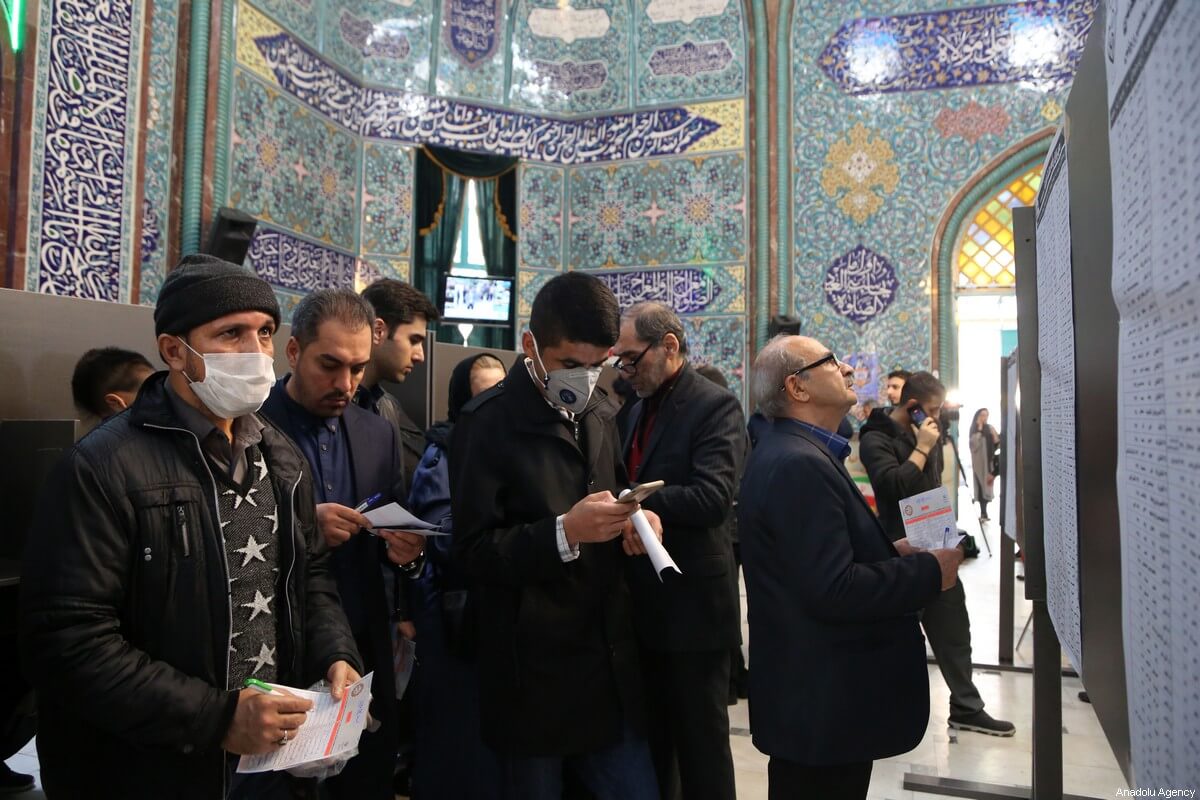On Sunday, Iran announced a voter turnout of around 42% in the first phase of its Majlis (parliamentary) elections held on 21 February. This is the lowest turnout rate since the 1979 Islamic revolution and comes against the backdrop of growing discontent over domestic state affairs and international isolation following tensions with the United States.
The final results, published by the Interior Ministry, showed big gains by conservative loyalists close to Supreme Leader Ayatollah Ali Khameini, who have secured around 219 out of the 290 Majlis seats up for contestation. In Tehran, they have won all 30 seats, with Mohammad Bagher Ghalibaf, commander of the Islamic Revolutionary Guard Corps and the former mayor, receiving the highest number of votes.
While maintaining that participation was good, Khameini attributed the low voter numbers to Tehran’s enemies, claiming that they tried to “discourage” citizens from voting by spreading exaggerated rumours about the coronavirus. So far, 8 Iranians have lost their lives to the COVID-19, and more than 40 confirmed cases of the virus have been reported.
11 seats are set to be contested in a second polling round in April. It is also worth noting that 5 Majlis seats are reserved for Iran’s religious minorities–Zoroastrians, Assyrians, Jews, Armenian Christians, and Chaldean Christians.
Image Source: Middle East Monitor

